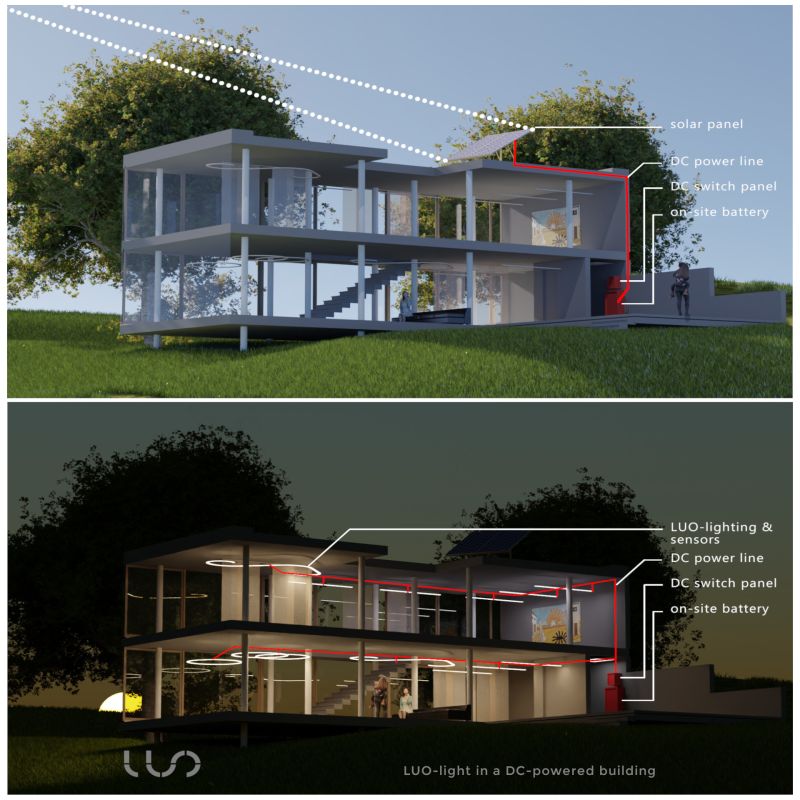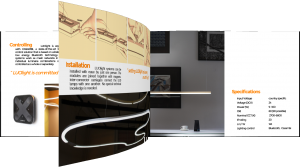Solar panels are becoming a popular way to generate energy for homes, offices, and other buildings. However, the way energy is distributed within buildings is typically AC-based, while many devices and lighting systems run on DC power. As a result, the energy from solar panels must be converted from DC to AC and then back to DC, which can mean a power loss of up to 30%.

To avoid this waste, it would be more efficient to directly supply DC power from the solar panels to DC appliances, without converting it to AC. Despite the potential benefits, there doesn’t seem to be a coordinated effort in the building industry, supplier market, or regulatory level to promote low-voltage energy distribution solutions, particularly outside the US and in Europe. Eventually, this is a missed opportunity to make significant progress towards ambitious climate targets.
When DC power is converted to AC, there is typically a power loss of 2-4%, and when it is converted back from AC to DC, the loss may be slightly higher. Converting and distributing DC power within a building can result in a similar level of power loss. Therefore, building a separate DC grid alongside the traditional AC network may not be financially beneficial for average-sized buildings.
However, there are other potential advantages to DC distribution beyond just power waste. For example, by eliminating obsolete transformer and LED driver hardware at consuming devices, maintenance costs and e-waste can be reduced.
In locations with a high concentration of IT equipment, ethernet data cables could potentially be used for power transmission, making a separate DC network unnecessary.
